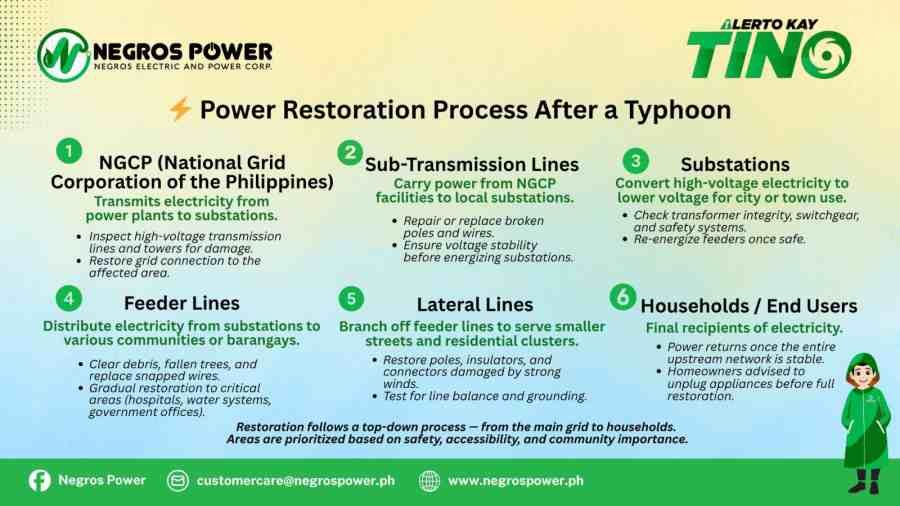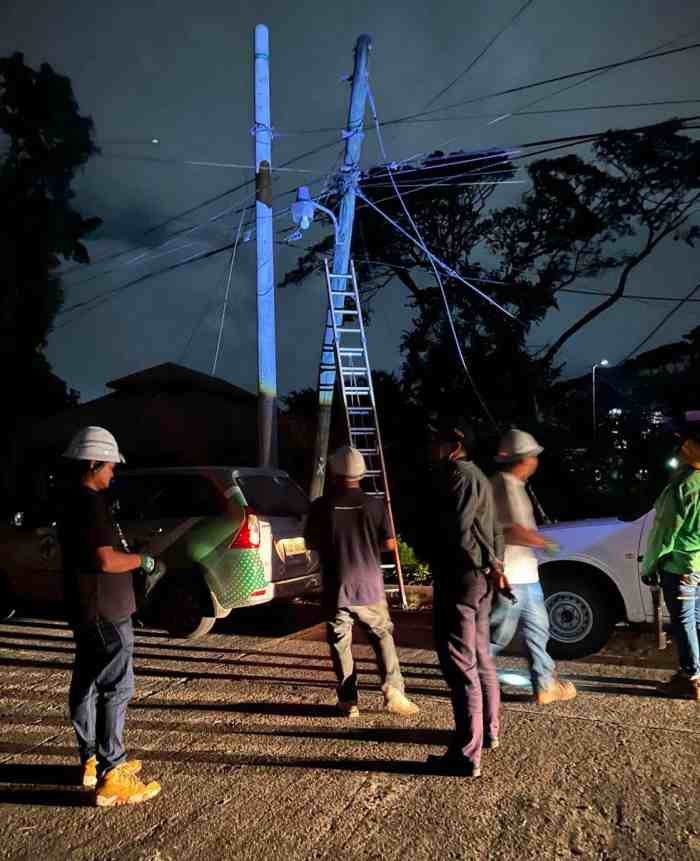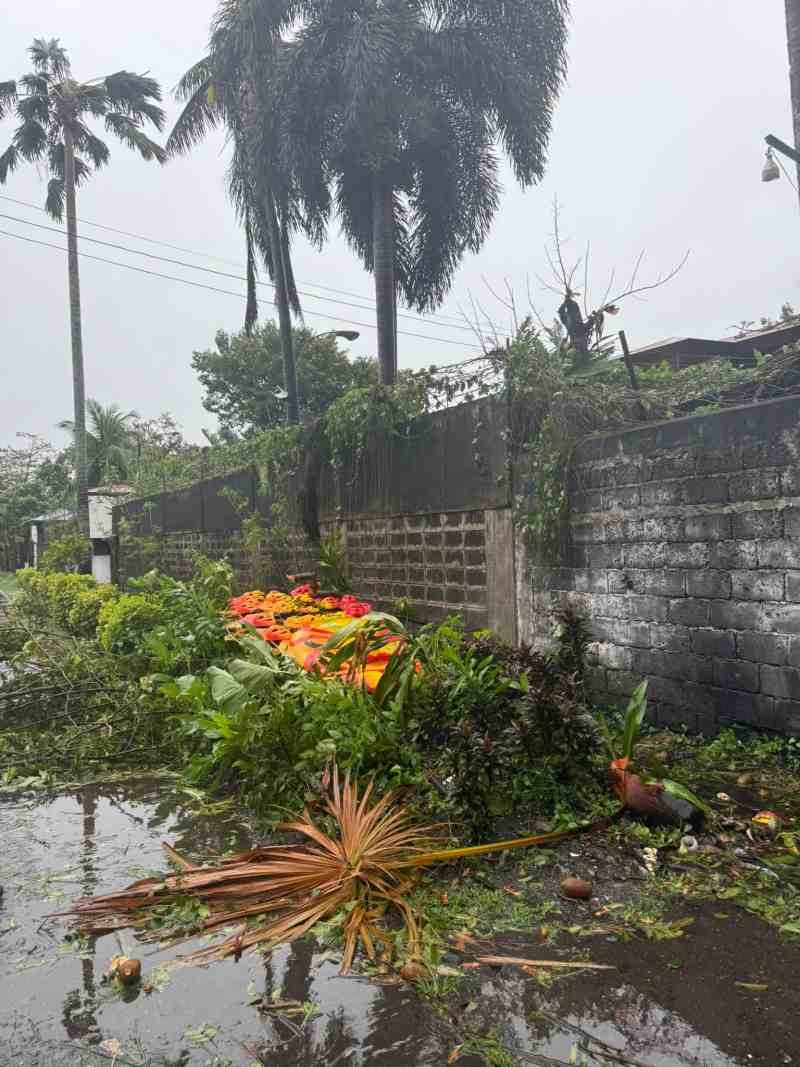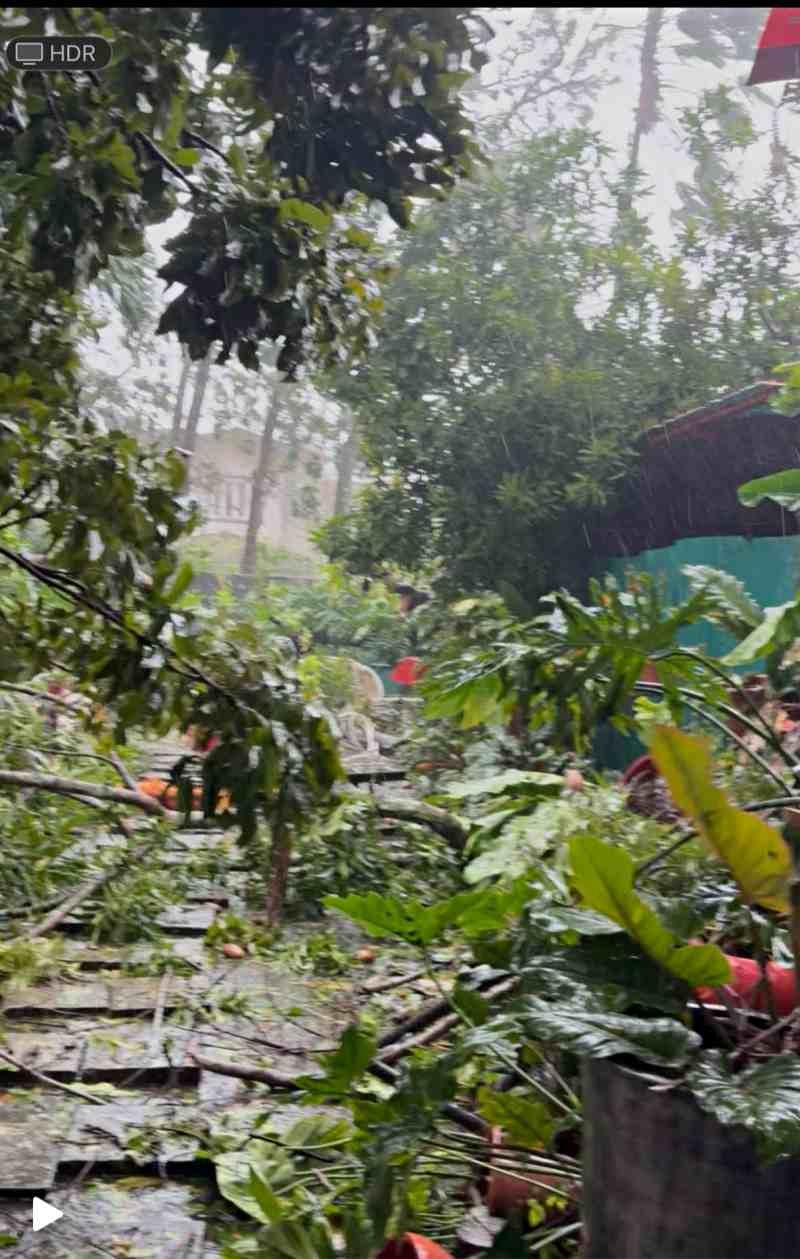Power Restoration Process
Table of Contents
Still in the Dark, Still Trusting the Light: Understanding the Power Restoration Process
Days after the typhoon, much of Negros is slowly regaining light — but not everyone has power yet. In some areas, poles are still down, and wires hang tangled across roads and sugarcane fields. Among those still waiting is Jojo Vito Designs Gallery, where production remains on pause as power restoration continues.
The silence in the workshop is unsettling. Machines that once hummed with creativity are quiet. Orders for clients — pieces that should already be packed and shipped — are waiting. It’s not frustration alone that fills the air, but fatigue and longing for normalcy.
And yet, even in this waiting, there’s understanding. Because power restoration after a typhoon isn’t simple. It’s a process that demands time, caution, and coordination — and the people behind it are working tirelessly to bring electricity back, one area at a time.
The Process Begins with NGCP [ Power Restoration Process ]
Restoration starts with the National Grid Corporation of the Philippines (NGCP) — the backbone of power transmission. When a typhoon hits, they must first inspect high-voltage lines and steel towers that carry electricity from power plants to different parts of the country.
If even one of these massive lines is damaged, entire cities and provinces can remain without electricity. Crews must climb towers, assess the damage, and restore the connection before power can even begin to reach local distributors like Negros Power.
Until NGCP restores the main grid connection, local utilities can only wait, prepare, and plan their next steps.
Negros Power’s Turn: The Local Battle [ Power Restoration Process ]
Once NGCP reestablishes the grid connection, Negros Power begins its part of the journey — repairing the sub-transmission lines that connect the national grid to city substations.
This is where the hard work begins: poles are replaced, snapped wires restrung, and voltage levels tested. Many of these lines pass through remote or flooded areas, making access a challenge.
From there, teams inspect substations, where power is converted from high voltage to a level safe for community use. Every transformer, every switchgear, every breaker is checked before any line is energized. There’s no rushing this process — because one mistake can mean another outage or worse, a safety hazard.
From Substations to Neighborhoods [ Power Restoration Process ]
When substations are ready, power travels through feeder lines that distribute electricity to barangays and key institutions. These are prioritized carefully — hospitals, water systems, and government offices come first, followed by residential areas and businesses.
Finally, power passes through lateral lines, the smaller networks that reach individual homes and establishments. But in areas like ours, where several poles are still down, full restoration will take longer.
Negros Power crews continue to clear debris, repair poles, and retest lines. It’s painstaking work, often done under unpredictable weather — but it’s work done with dedication.
Waiting in the Dark — with Trust
At Jojo Vito Designs Gallery, the waiting continues. Production remains halted, and there are clients expecting deliveries that depend on electricity to be completed. It’s a difficult situation — not just for us, but for many businesses and households across Negros.
Yes, we are weary. We feel the weight of each day without power. But we also understand that restoration isn’t easy — that it involves layers of safety checks, coordination, and physical labor from people risking their safety to bring light back to our homes and workplaces.
And because of that, we choose to trust the process. We trust that Negros Power’s teams — those linemen climbing poles under the sun, those engineers checking every connection — are doing everything they can, as quickly and safely as possible.
Service Beyond Power
Electricity powers machines, lights, and appliances — but behind it are people: workers, families, and communities depending on one another.
Negros Power’s commitment goes beyond energizing wires. It’s about restoring lives, comfort, and confidence after every storm. While some areas may already be lit and others, like ours, still waiting — one thing is certain: the light will return, and when it does, it will carry with it the story of teamwork, resilience, and service that refuses to stop.
For now, we wait — not in anger, but in faith. Because even in the dark, we know that Negros Power is out there, doing their best to bring back what matters most: the light of hope for every Negrense.
More Stories
- Cebu Pacific Welcomes Its 13th A330neo
- Negros Power on Red Alert: Ready for Typhoon Tino
- The Heart Behind Negros Power’s Field Work
- 50% Spared from Blackout, Thanks to Negros Power
- MORE Power Wins Big at Asia CEO Awards 2025
- James Larnelle Montealto: From Negros to the National Runway
- Barangay Electricians Livelihood Training | Negros Power
- Emma Tiglao Crowned Miss Grand International 2025
- Buglasan Festival 2025 | Schedule of Activities
- Innovation, Ethics, and the Future of Integrated Strategy
- Brazil Wins Miss Asia Pacific International 2025; Philippines Is First Runner-Up
- CSR and Governance Lessons from the Philippine Flood Scandal
- Marketers and PR Pros: Data-Driven Success
- Environmental Sustainability and Climate Action: Corporate Commitment to a Greener Future








